Our History

1875-1880
Early Beginnings
The story of Fargo's fire protection begins on April 12, 1875, the very day Fargo's first mayor took office. Mayor George Egbert and the city's six aldermen appointed Barney Griffin and L. B. Cornwall as Fargo's first Fire Wardens.
Their primary duty? To patrol the city, ever vigilant for signs of fire, and to manage crowds during emergencies.
In these early days, Fargo relied on bucket brigades to combat fires. But as the city grew, so did the need for more organized fire protection.

1877-1903
The Volunteer Era
November 20, 1877, marked a significant milestone when the city council passed Fargo's first fire ordinance. This legislation established key roles:
- Chief Engineer: Barney Griffin
- First Assistant: Hugh McChesney
- Second Assistant: James Stack
- Fire Wardens: Jasper B. Chapinn and Brad Stevens
That same year, Fargo acquired its first fire apparatus: a hook and ladder rig from the Babcock Fire Extinguisher Company, delivered on December 29, 1877, at a cost of $375.
The era of volunteer fire companies began with the recognition of the Pioneer Fire Company on December 29, 1877. However, it wasn't until October 19, 1880, that Fargo saw its first officially organized and chartered fire company: the Continental Hose Company No. 1.
Other notable volunteer companies followed, including Fargo Hose Company No. 2 (1882-1884) and Yerxa Hose Company No. 3 (established December 7, 1883).

1903-1919
Transition to a Professional Force
In 1903, Fargo took a monumental step forward. The city established a paid, professional fire fighting department under the leadership of J. W. Sutherland, appointed by Mayor W. D. Sweet as Fargo's first professional Fire Chief.
Initially, Chief Sutherland commanded just three men who drove the rigs of the volunteer companies. By the end of 1904, the department had grown to ten paid firefighters, and the volunteer force was phased out.
These early professionals earned $60 per month and worked grueling hours - 24 hours a day, 7 days a week. It wasn't until 1919 that firefighters were granted one hour off duty for each meal.

1919-Present
Modernization and Growth
1919 was a year of significant changes, including the introduction of the two-platoon system and the transition from horse-drawn equipment to motorized apparatus.

On September 21st, 1939, Fargo's firefighters unionized, joining the International Association of Fire Fighters and adopting the name of Fargo Fire Fighters Association No. 642.

Over the decades, the Fargo Fire Department has continued to evolve, growing to focus not just on firefighting but also on proactive fire prevention.
Today, the Fargo Fire Department is the largest and one of only seven career fire departments in North Dakota. Thanks to the hard work of its members, the department enjoys an ISO Class 1 rating and International Accreditation, making it one of only a small handful of fire departments worldwide to have both. It has grown into a robust force of dedicated professionals, committed to protecting the lives and property of Fargo's citizens.
.avif)
Remembering Fargo Firefighters who gave the ultimate sacrifice
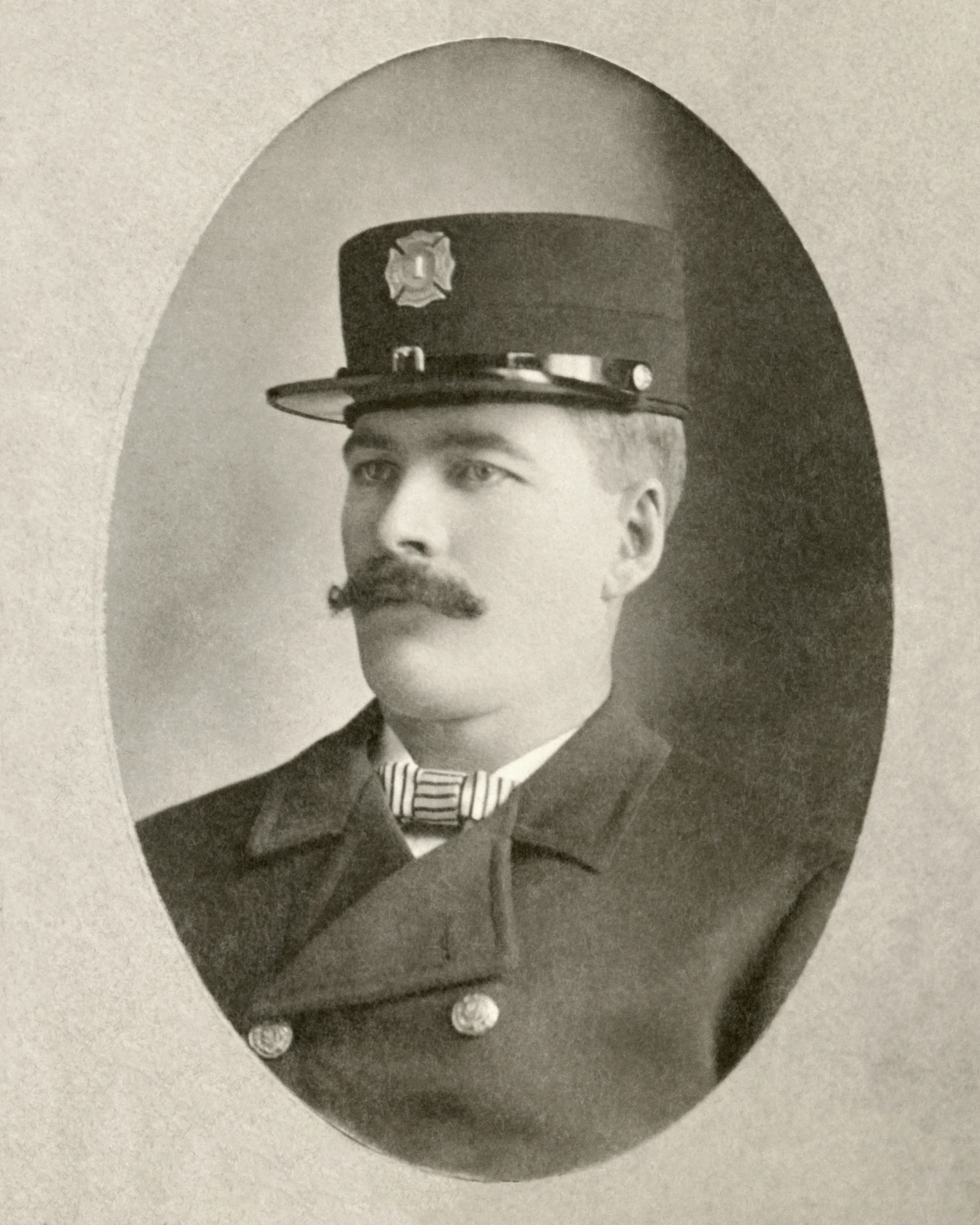
William White

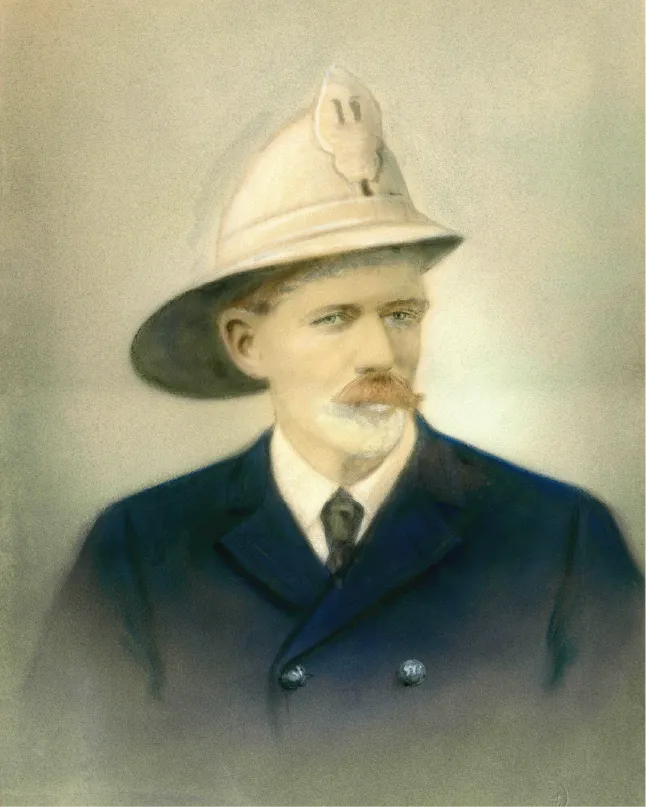
George Hartman

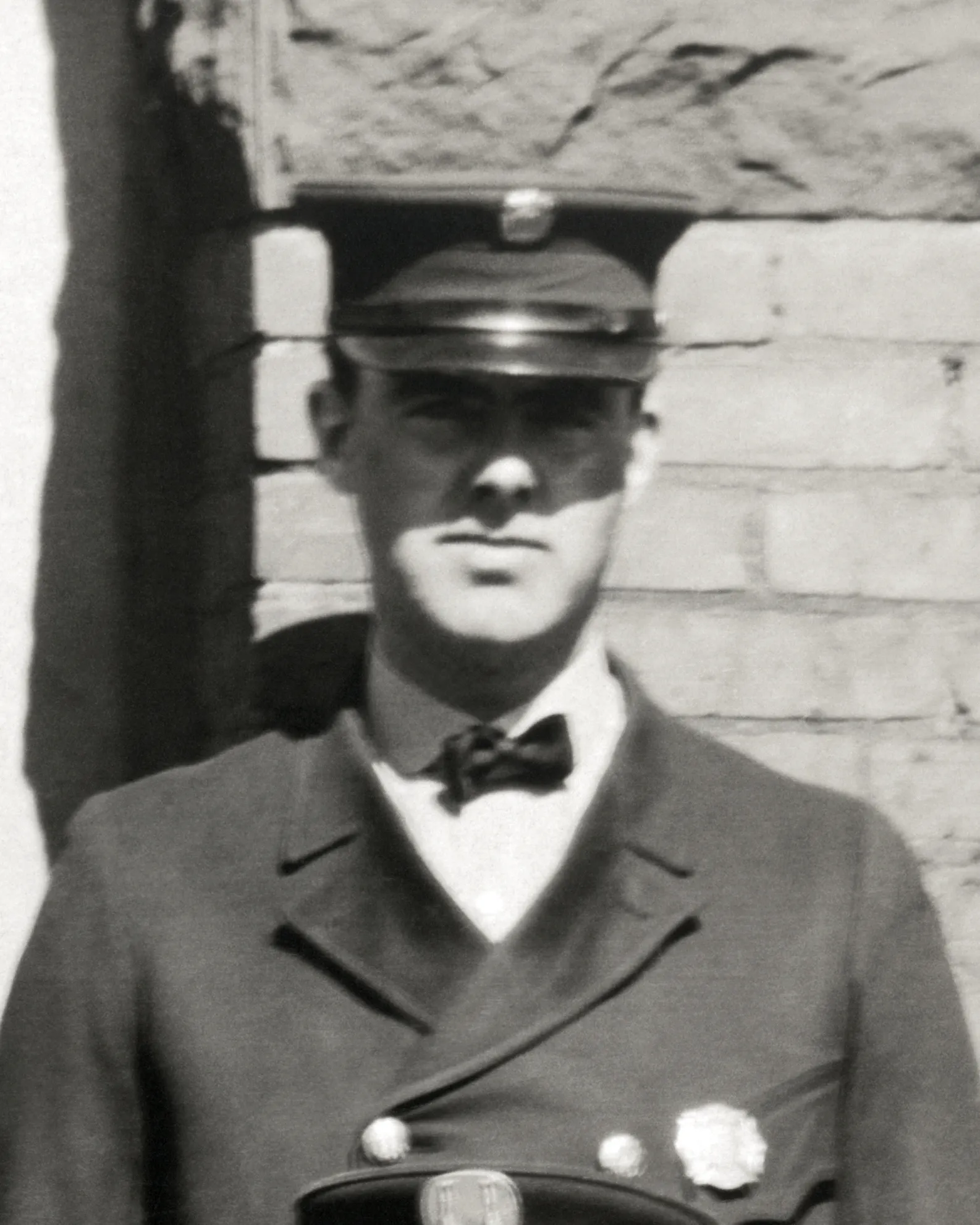
James Wyckoff


Edward A Josal

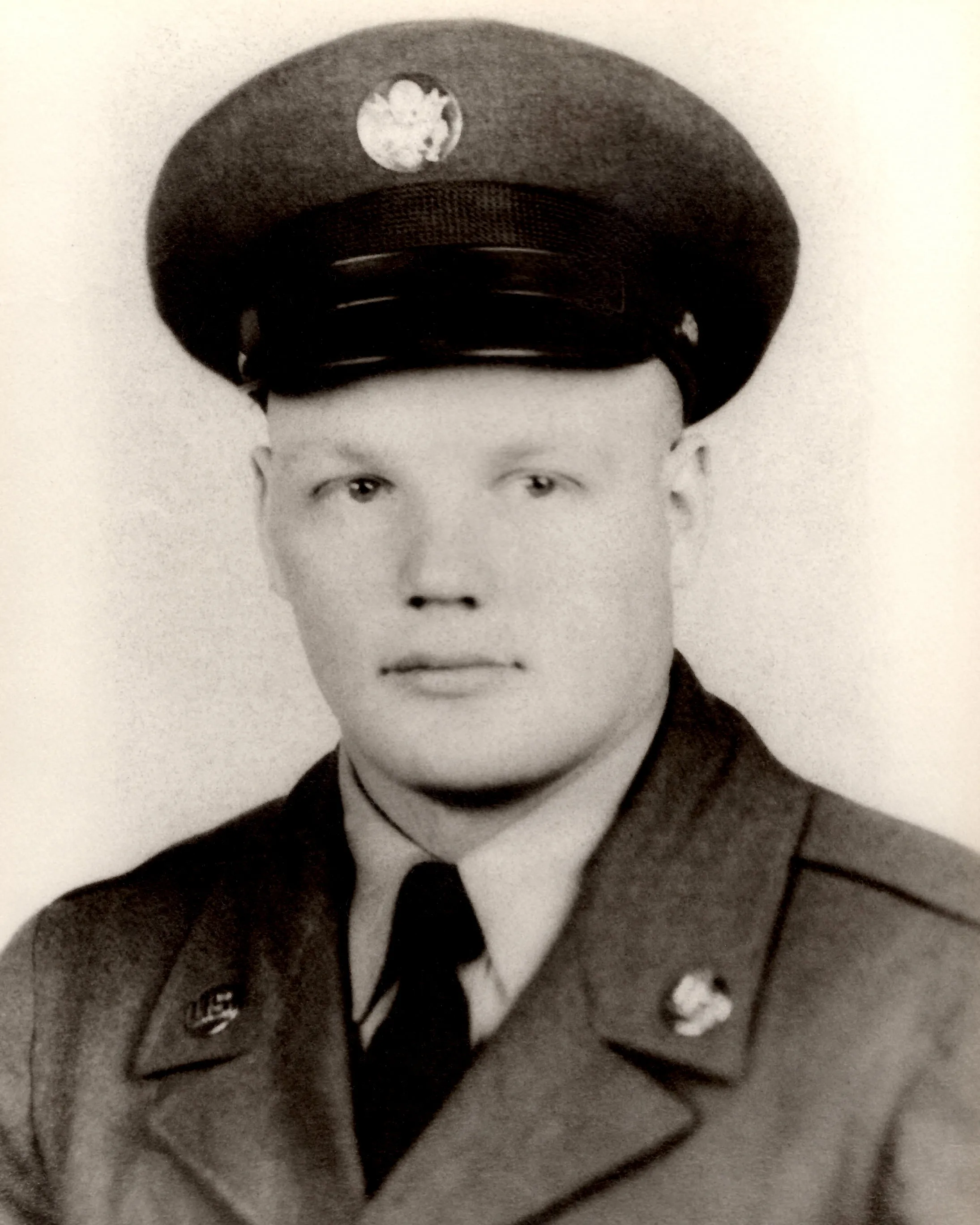
Lyle A Yaeger

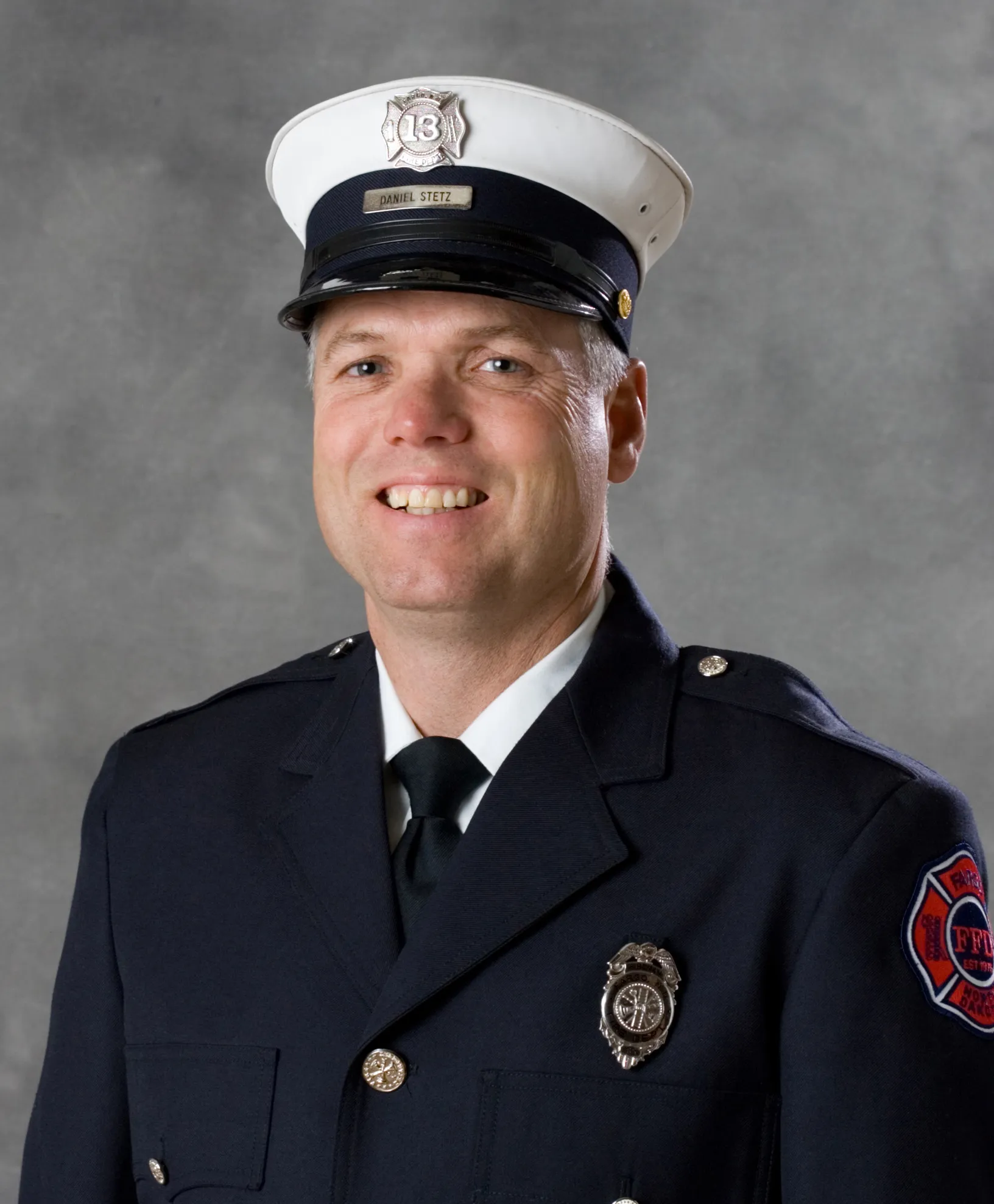
Dan Stetz

.svg)
.svg)